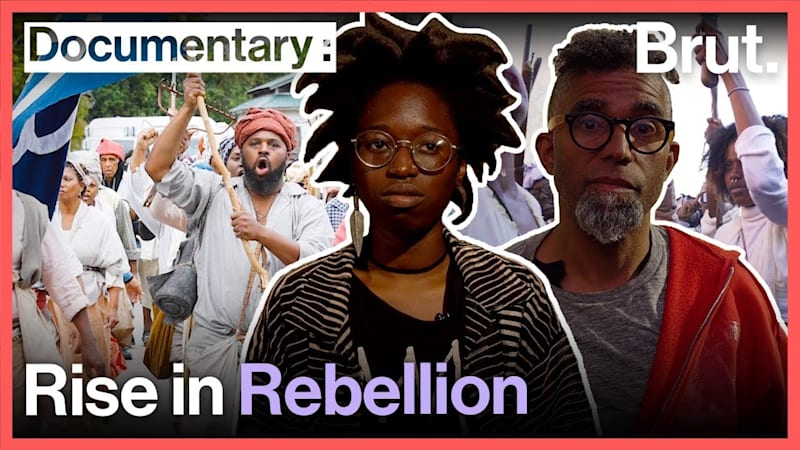
Reenacting America’s Largest Slave Rebellion | Brut
On January 8, 1811, over 500 enslaved people took up arms in Louisiana in the largest slave rebellion in American history. For 26 miles, they marched along the Mississippi River towards New Orleans, recruiting others along the way. Most people never learned about the German Coast Uprising, because its history has been suppressed.
Over 200 years later, hundreds of people gathered to honor the slaves' resistance by marching the same route in the Slave Rebellion Reenactment. Antwamesha Jenkins, a student at Xavier University, was one of them. Brut went inside the Slave Rebellion Reenactment and got the insiders' perspective on the epic uprising.
"This means a lot to me because this will be the closest thing that I will have and feel that my ancestors felt," she said. "The perspective of the people who built this country and suffered the most don't get told."
The reenactment is led and organized by artist Dread Scott, who wants to change the misconception that enslaved people didn't fight back — something he says causes stigma and shame among young black people. His goal is to shift how people think about slavery and encourage people to learn more about their history.
“This project actually opens up a whole new framework for people to look at the people who resisted as heroes and center that and their radical ideas of freedom as being more radical than the enslavers who wrote the U.S. Constitution,” he told Brut.






